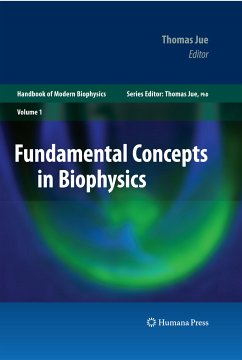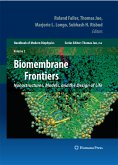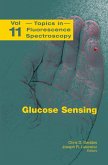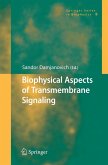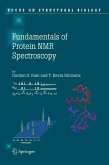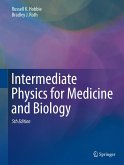Series Editor Thomas Jue, PhD
Handbook of Modern Biophysics brings current biophysics topics into focus, so that biology, medical, engineering, mathematics, and physical-science students or researchers can learn fundamental concepts and the application of new techniques in addressing biomedical challenges. Chapters explicate the conceptual framework of the physics formalism and illustrate the biomedical applications. With the addition of problem sets, guides to further study, and references, the interested reader can continue to explore independently the ideas presented.
Volume I: Fundamental Concepts in Biophysics
Editor Thomas Jue, PhD
In Fundamental Concepts in Biophysics, prominent professors have established a foundation for the study of biophysics related to the following topics:
Mathematical Methods in Biophysics
Quantum Mechanics Basic to Biophysical Methods
Computational Modeling of Receptor-Ligand Binding and Cellular Signaling Processes
Fluorescence Spectroscopy
Electrophysiological Measurements of Membrane Proteins
Single-Particle Tracking
NMR Measurement of Biomolecule Diffusion
About the Editor
Thomas Jue is a Professor in the Department of Biochemistry and Molecular Medicine at the University of California Davis. He is an internationally recognized expert in developing and applying magnetic resonance techniques to study animal as well as human physiology in vivo and has published extensively in the field of magnetic resonance spectroscopy and imaging, near-infrared spectroscopy, bioenergetics, cardiovascular regulation, exercise, and marine biology. Over the past several years, he has led the way as a Chair of the Biophysics Graduate Group Program to establish attractive but scholarly approaches to educate graduate studentswith a balance of physical-science/mathematics formalism and biomedical perspective in order to promote interest at the interface of physical science, engineering, mathematics, biology, and medicine. The Handbook of Modern Biophysics represents one approach.
Dieser Download kann aus rechtlichen Gründen nur mit Rechnungsadresse in A, B, BG, CY, CZ, D, DK, EW, E, FIN, F, GR, HR, H, IRL, I, LT, L, LR, M, NL, PL, P, R, S, SLO, SK ausgeliefert werden.

